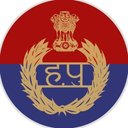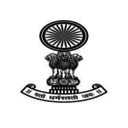V was standing in a queue immediately behind P. Four persons were waiting in between P and U.
| Case 1 | Case 2 | Case 3 |
| Person | Person | Person |
| 7 | V | U | |
| 6 | P | | U |
| 5 | | | |
| 4 | | | |
| 3 | | P | |
| 2 | | V | P |
| 1 | U | | V |
One person was waiting in between R and T. S is waiting in front of T. More than two persons were waiting in between S and V.
Hence, case 2 and case 3 are invalid.
| Case 1a | Case 1b |
| Person | Person |
| 7 | V | V |
| 6 | P | P |
| 5 | Q | R/T |
| 4 | T | Q |
| 3 | S | R/T |
| 2 | R | S |
| 1 | U | U |
The number of persons who wait in front of Q is one more than the number of persons who wait behind R.
Hence, case 1a is invalid
So, final arrangement is
| Case 1b |
| Person |
| 7 | V |
| 6 | P |
| 5 | R |
| 4 | Q |
| 3 | T |
| 2 | S |
| 1 | U |
P was the second last person to vote
 Study Notes
Study Notes Mock Tests
Mock Tests Previous Year Papers
Previous Year Papers Category
Category

































































































